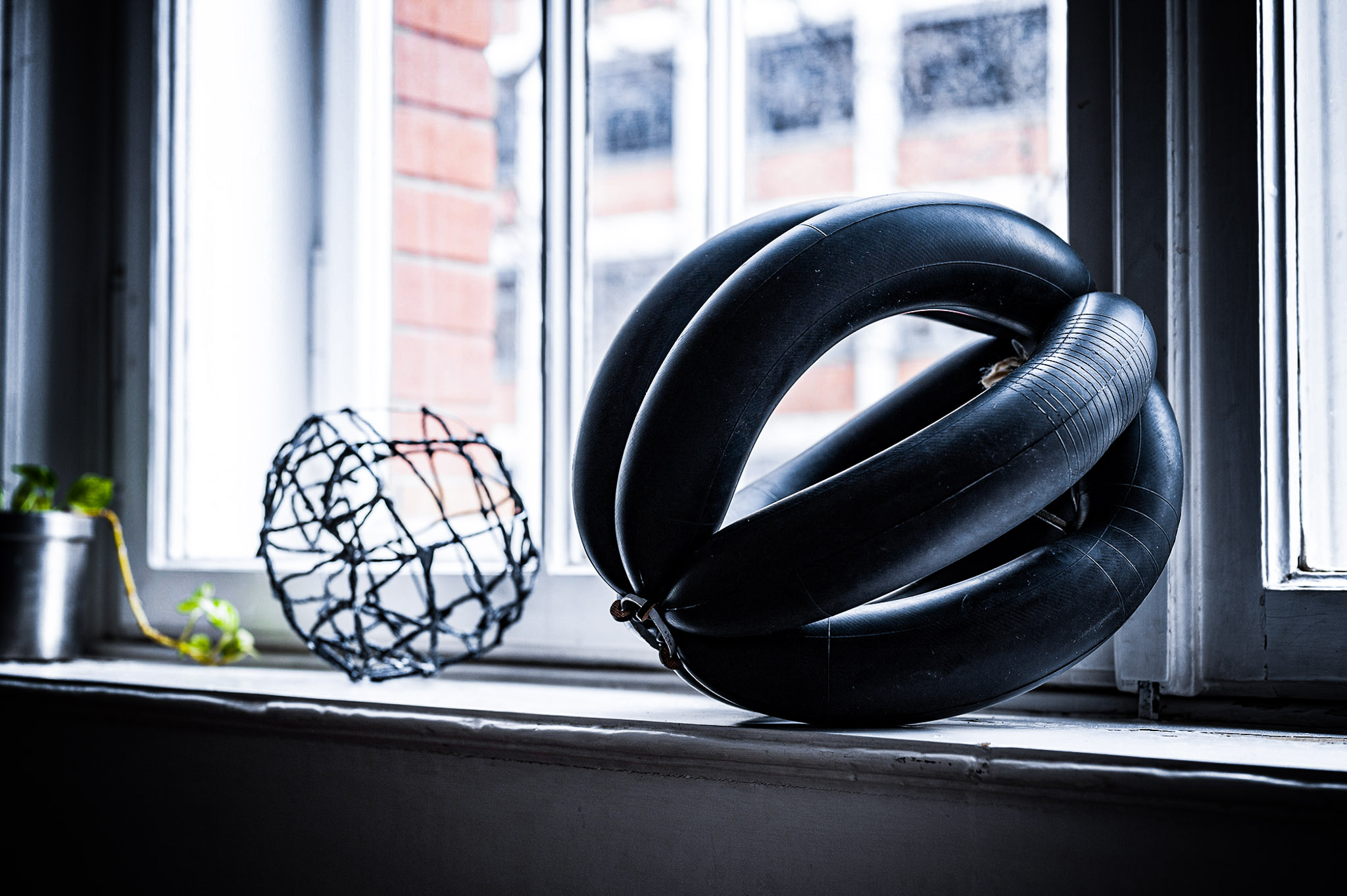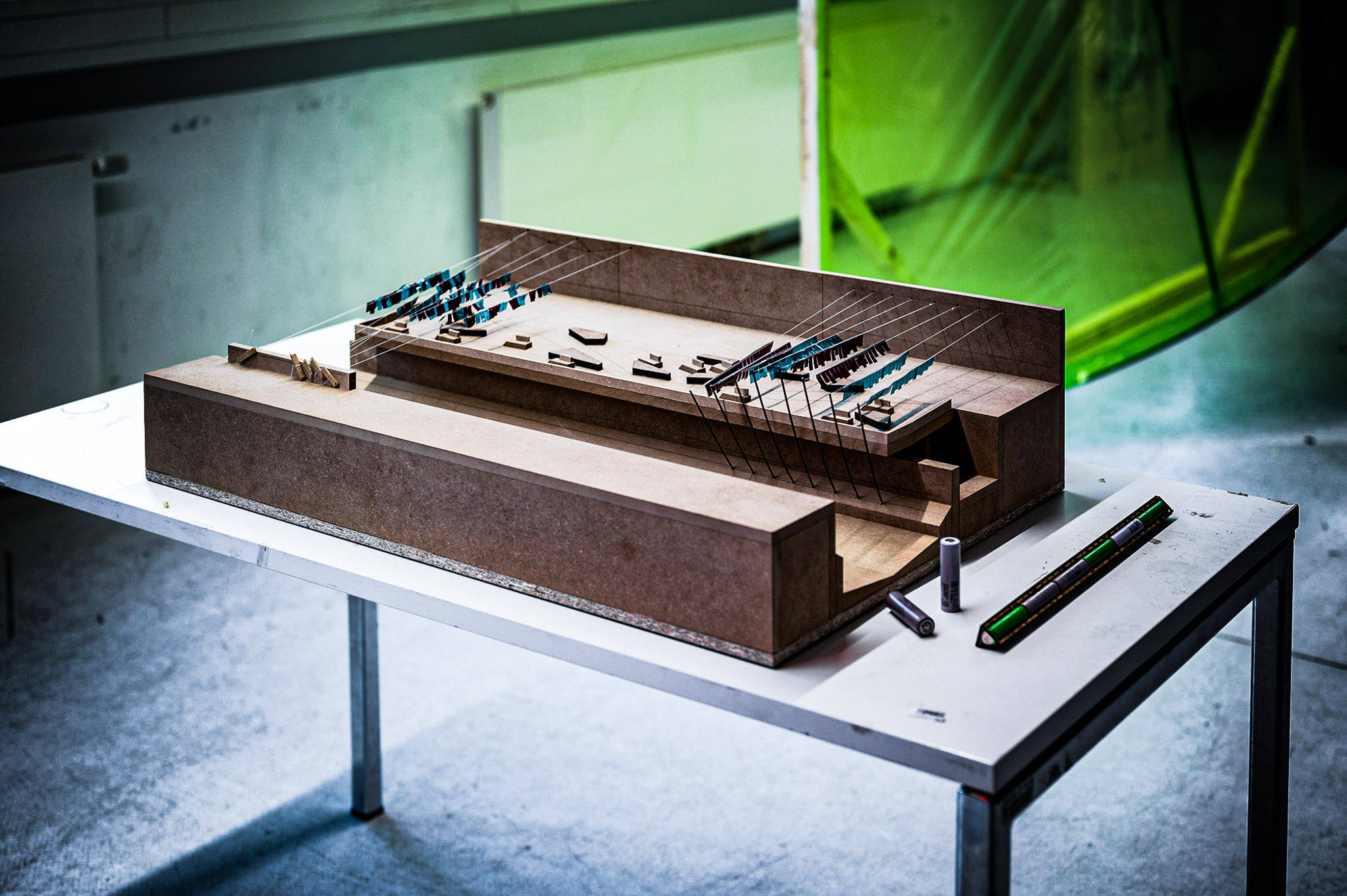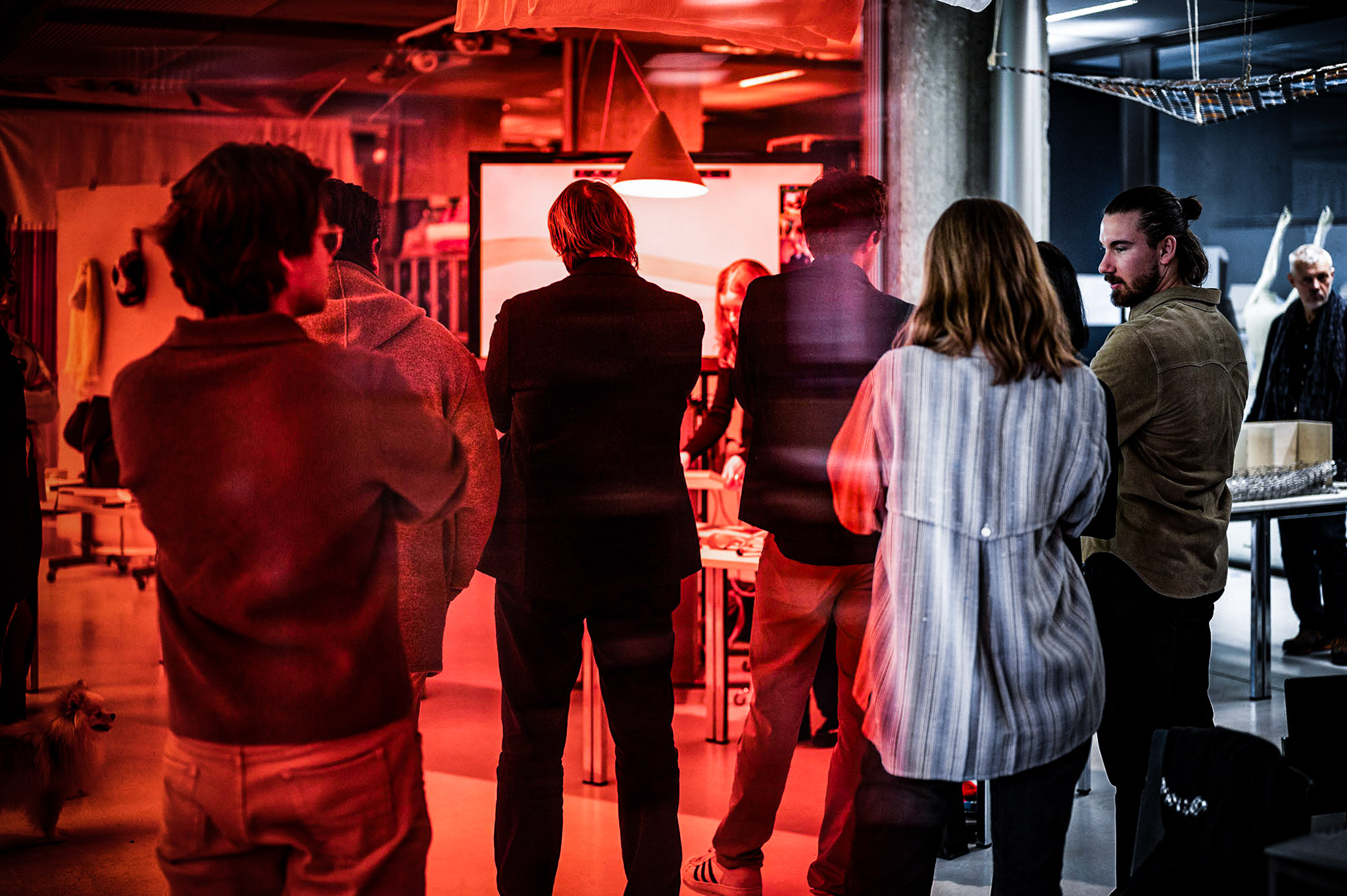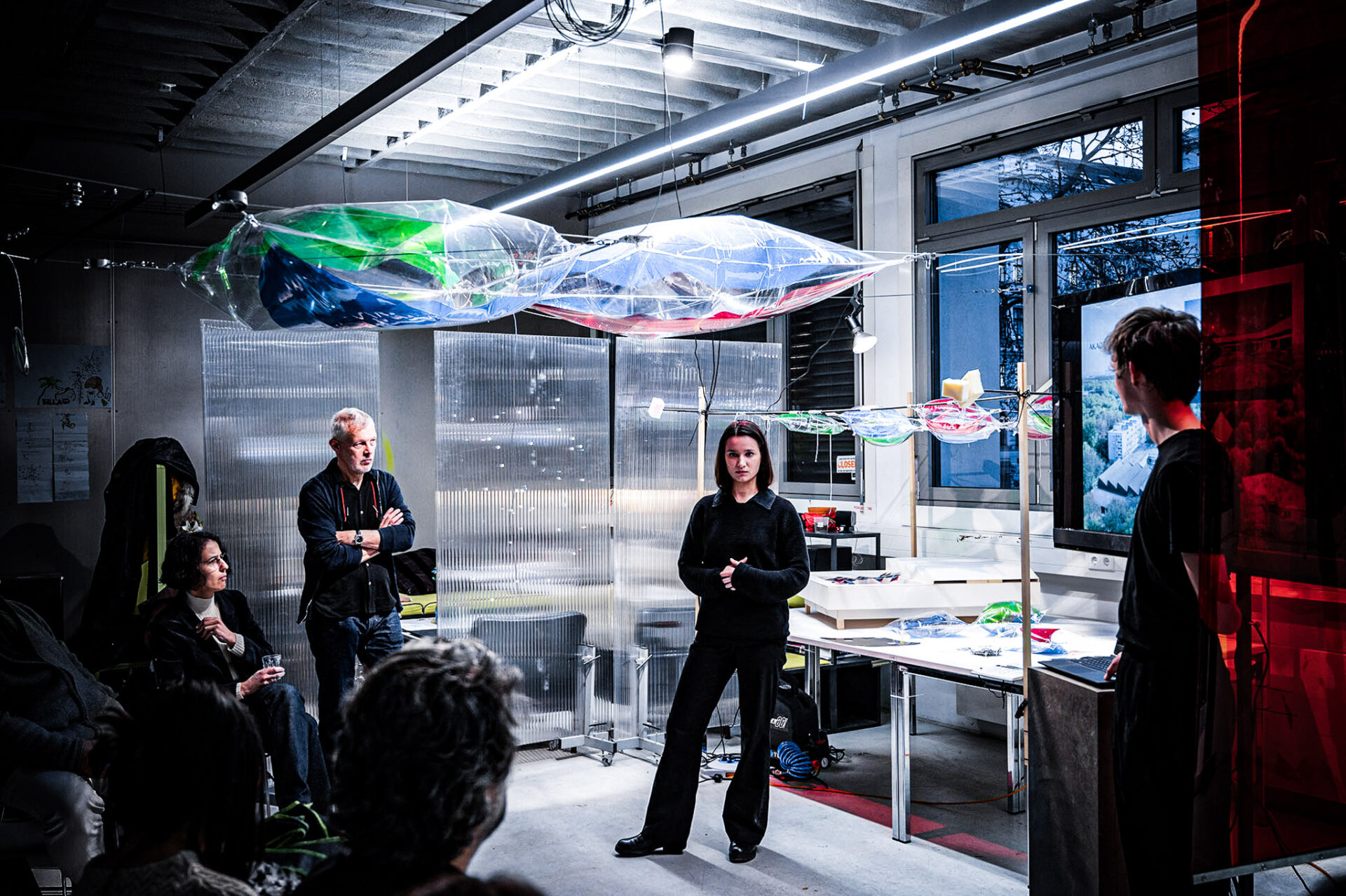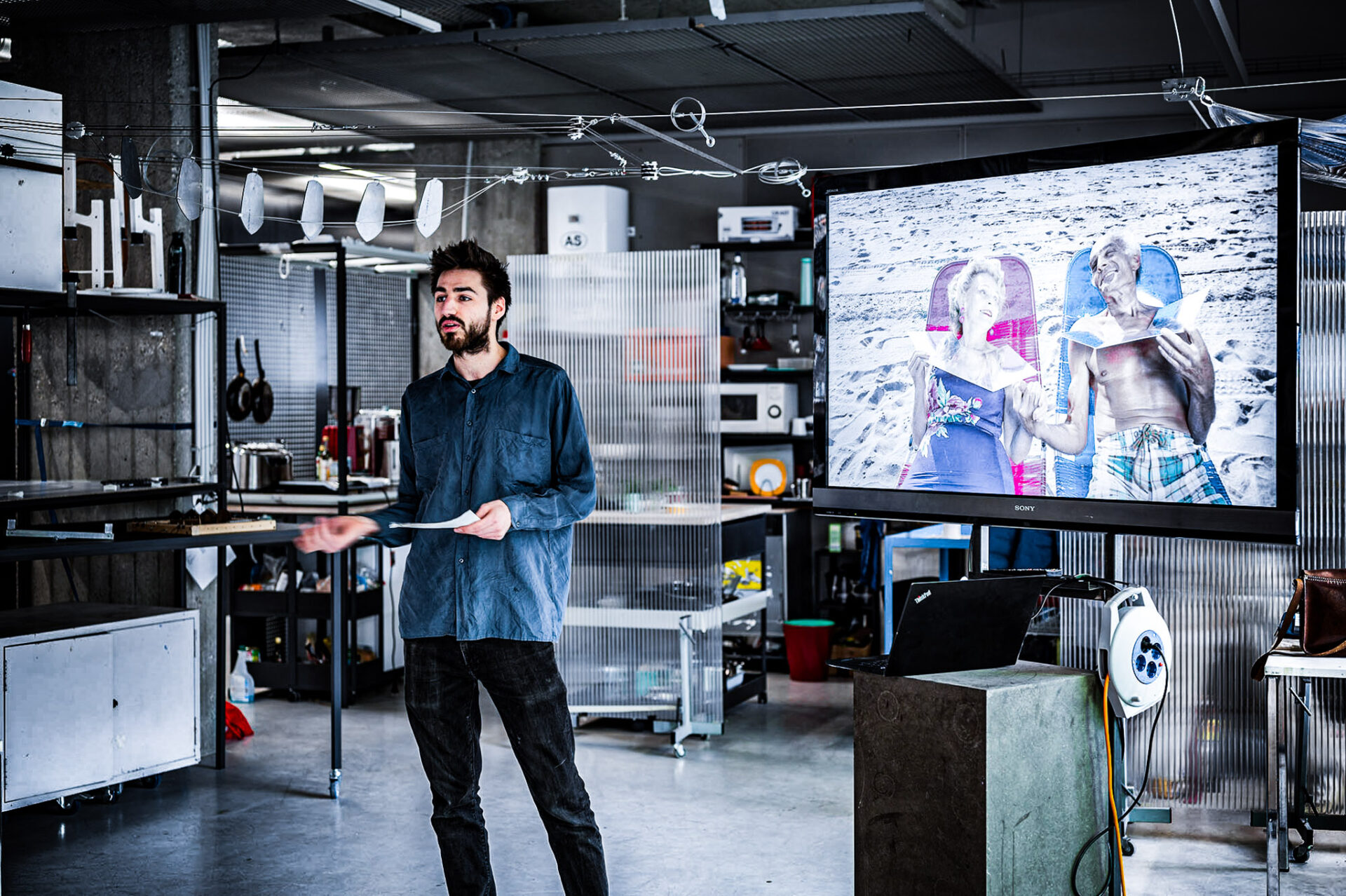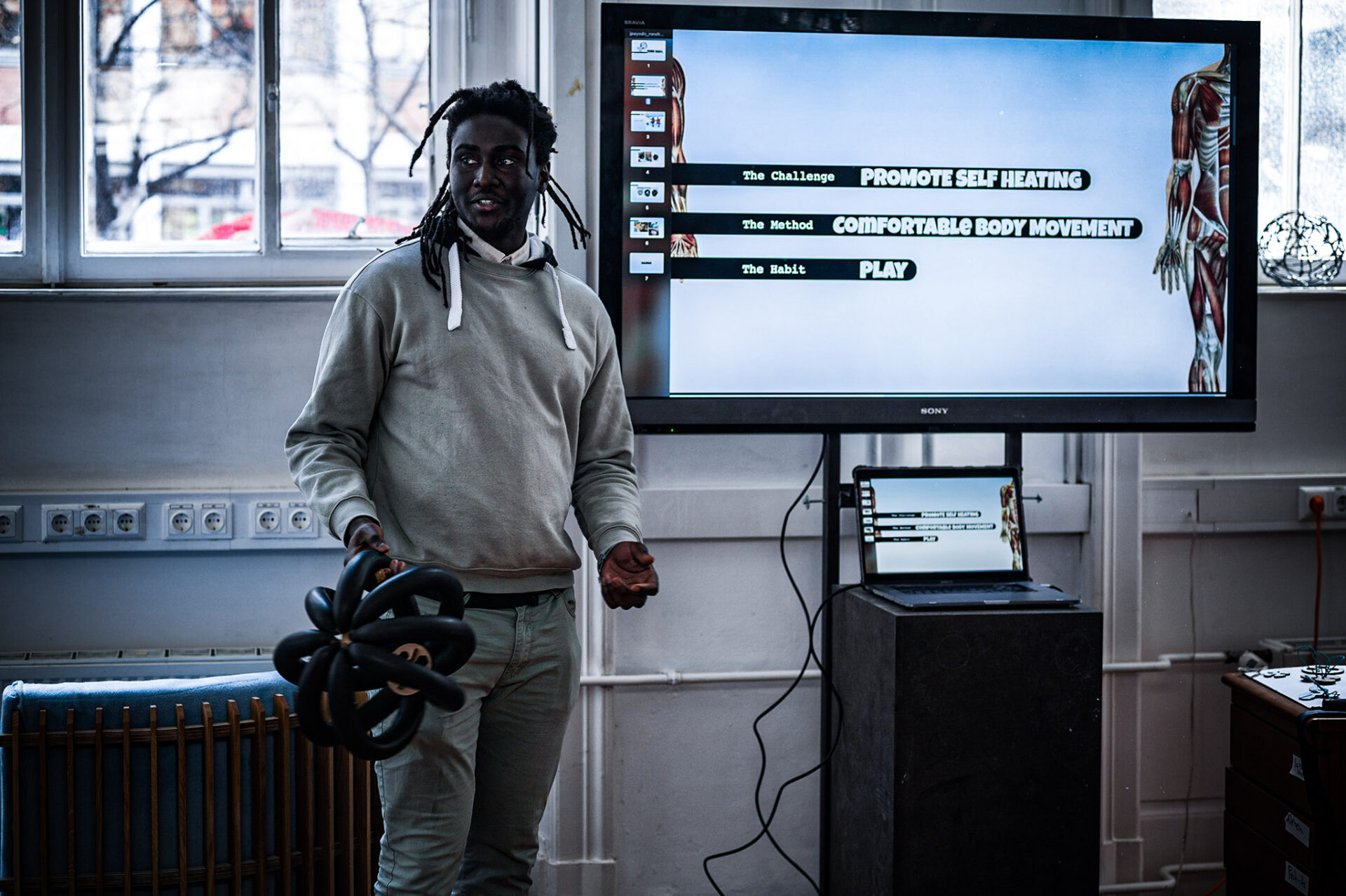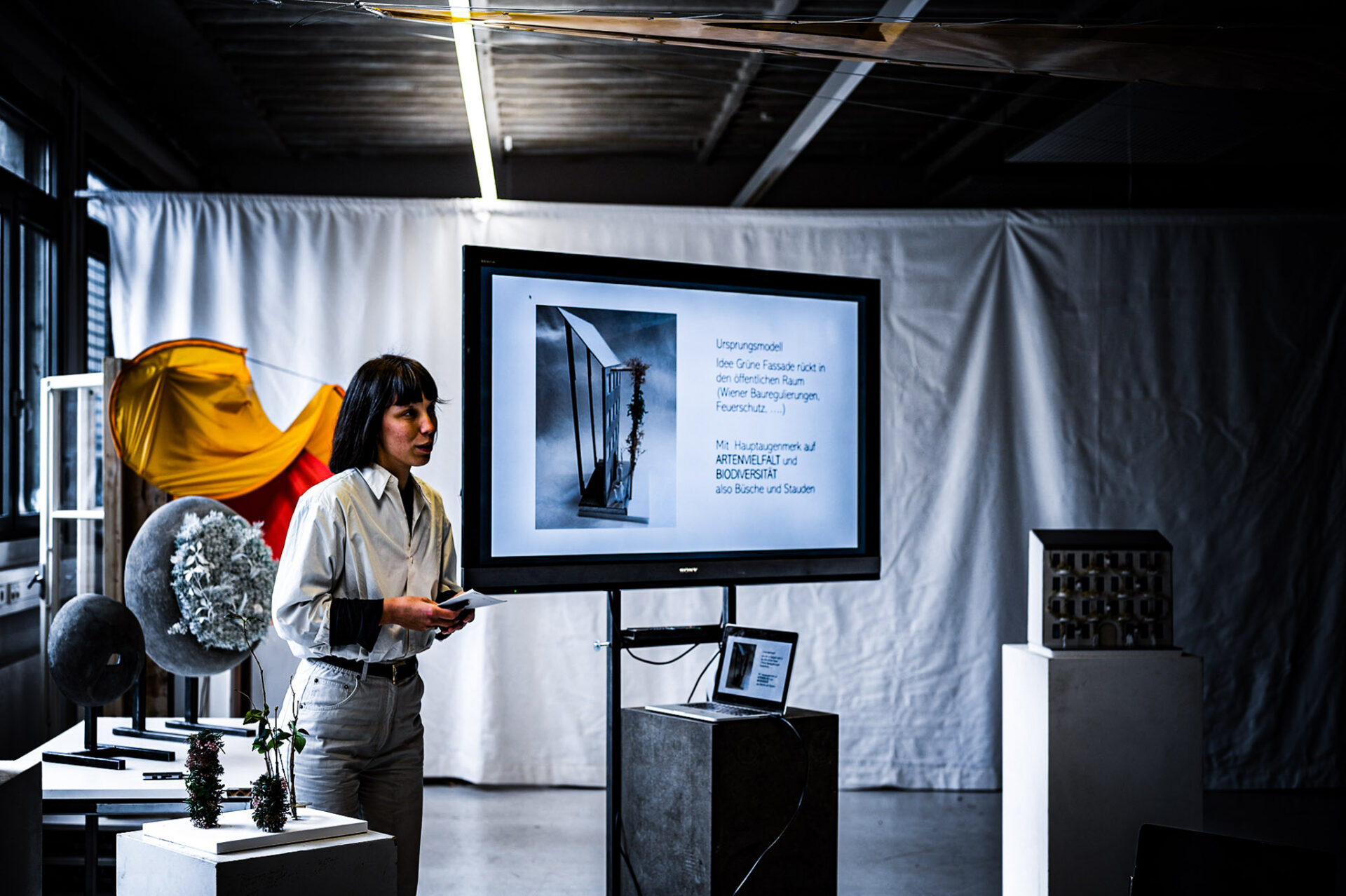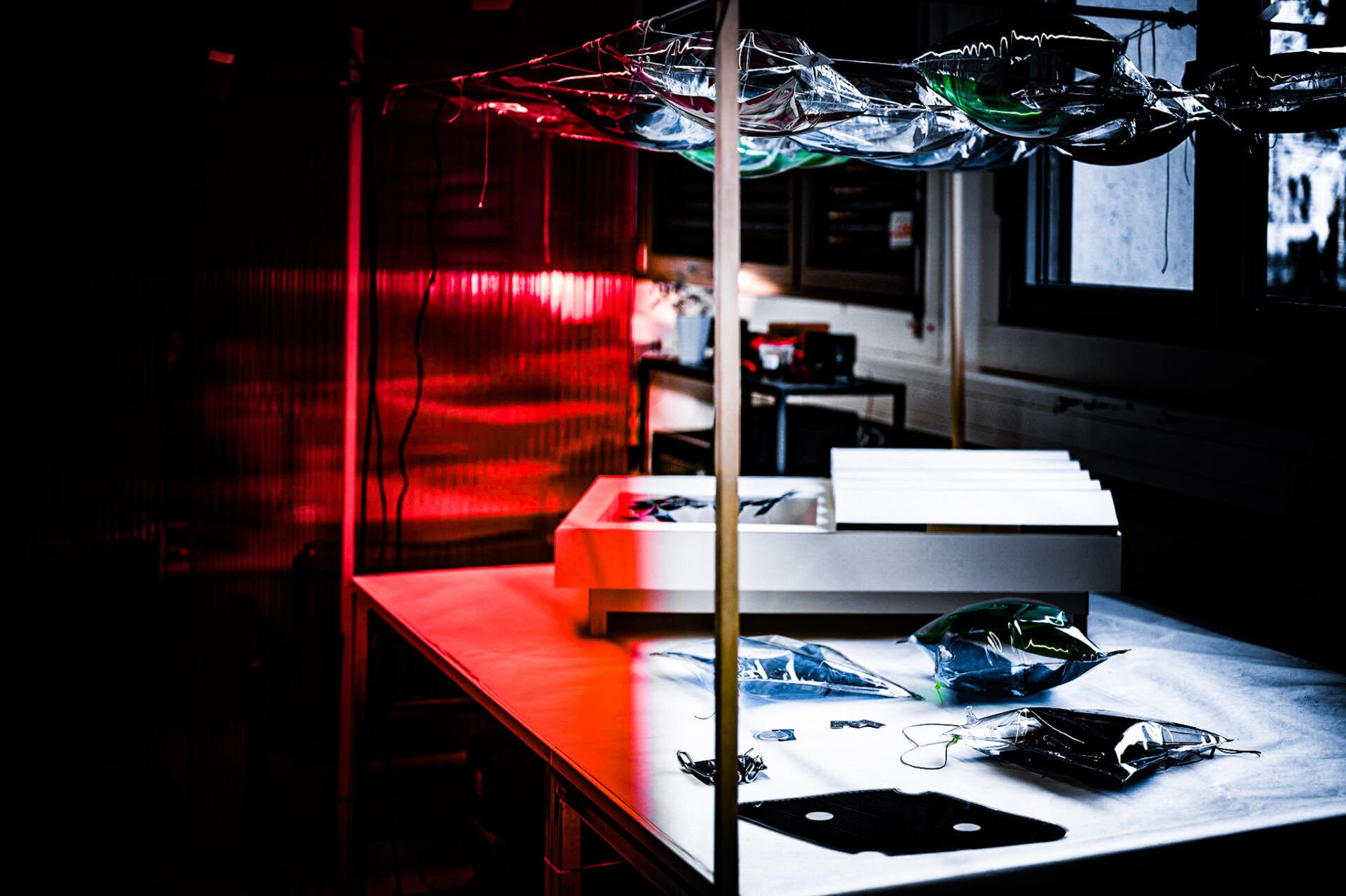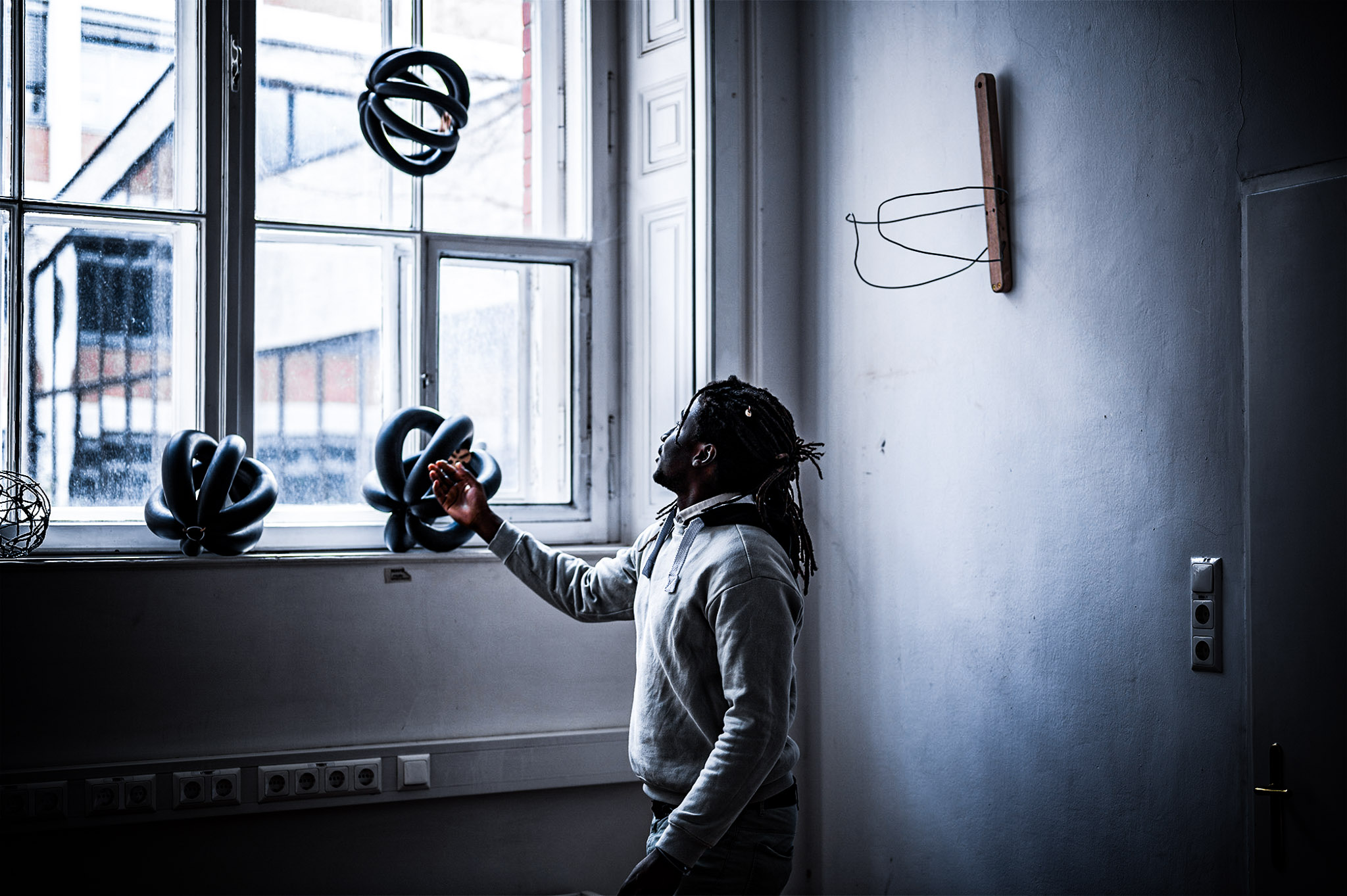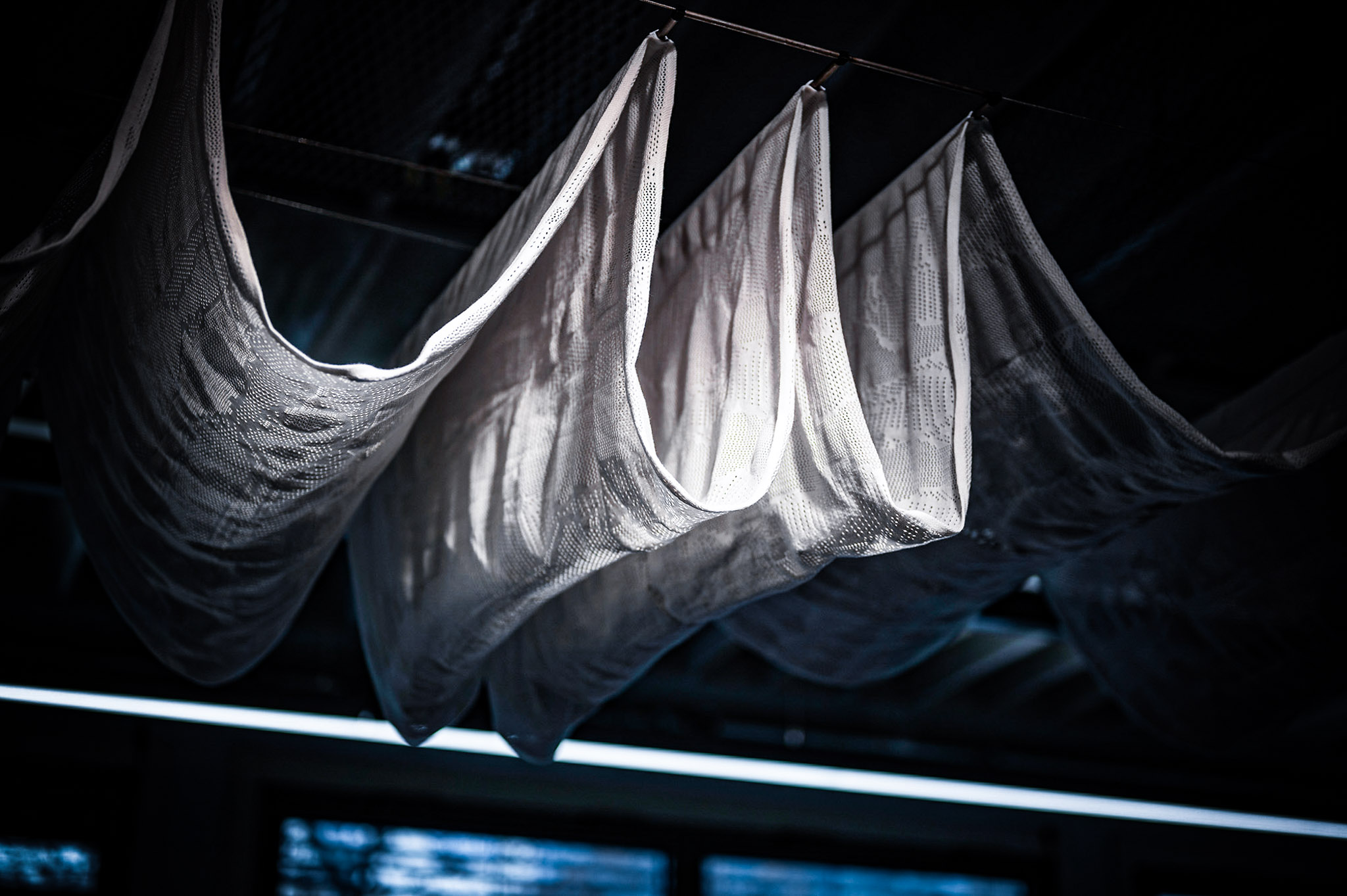Rethinking the elements of architecture
Our built environment is largely composed of standardized architectural elements, all created by engineers or designers. So, what happens when we reconsider the design of these primary building blocks?
Led by designer Stefan Diez, the Industrial Design id1 class at the University of Applied Arts Vienna has been investigating these standardized building elements in light of climate change. What utopias of sustainable living could we envisage if we reconceived our built environment from the ground up? And which elements would need to be completely reinvented if we are to achieve the kind of future we all dream of?
What
The impact of climate change is extensive and requires a new approach. This is particularly true for the building sector as it is a major contributor to the waste of resources. The ID1 students’ approach was to envisage architecture that encompasses rethought elements from the viewpoint of industrial design. The architecture should not only reduce the environmental footprint of urban life, but should also either have a significant impact on the cityscape of the future, or substantially change the way people live in these cities.
The ideas range from large-scale implementation of photovoltaics in public spaces, to innovative shading solutions and the cooling effect of green facades, to objects like furniture or everyday products that contribute to sustainable living habits.
The subtopics
